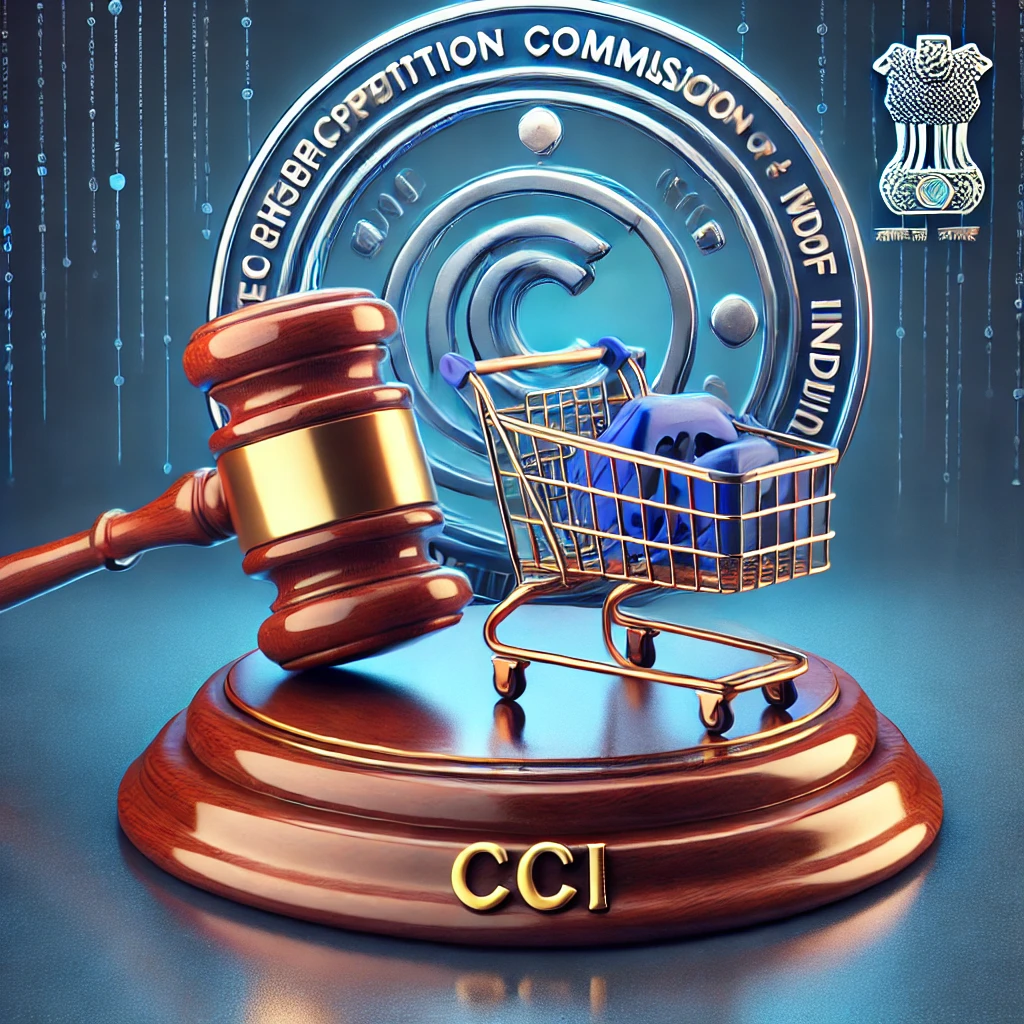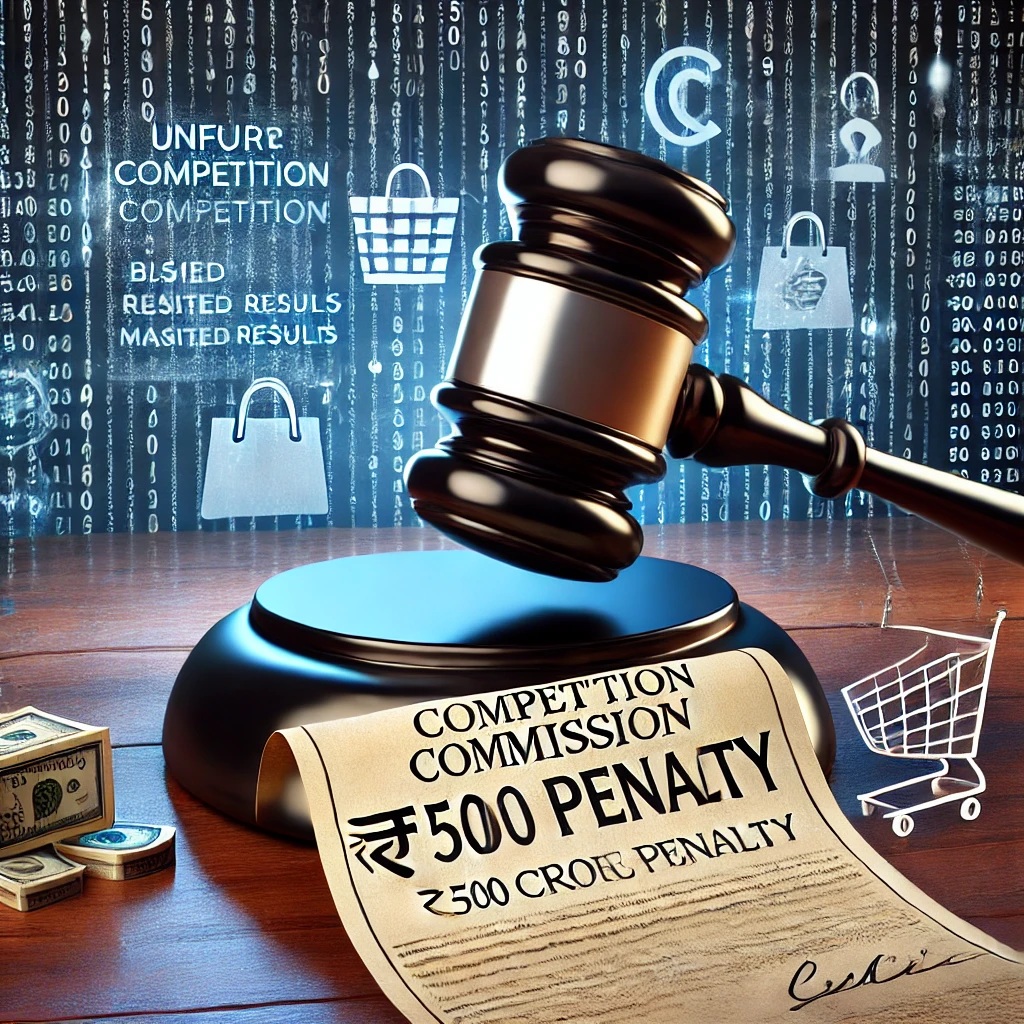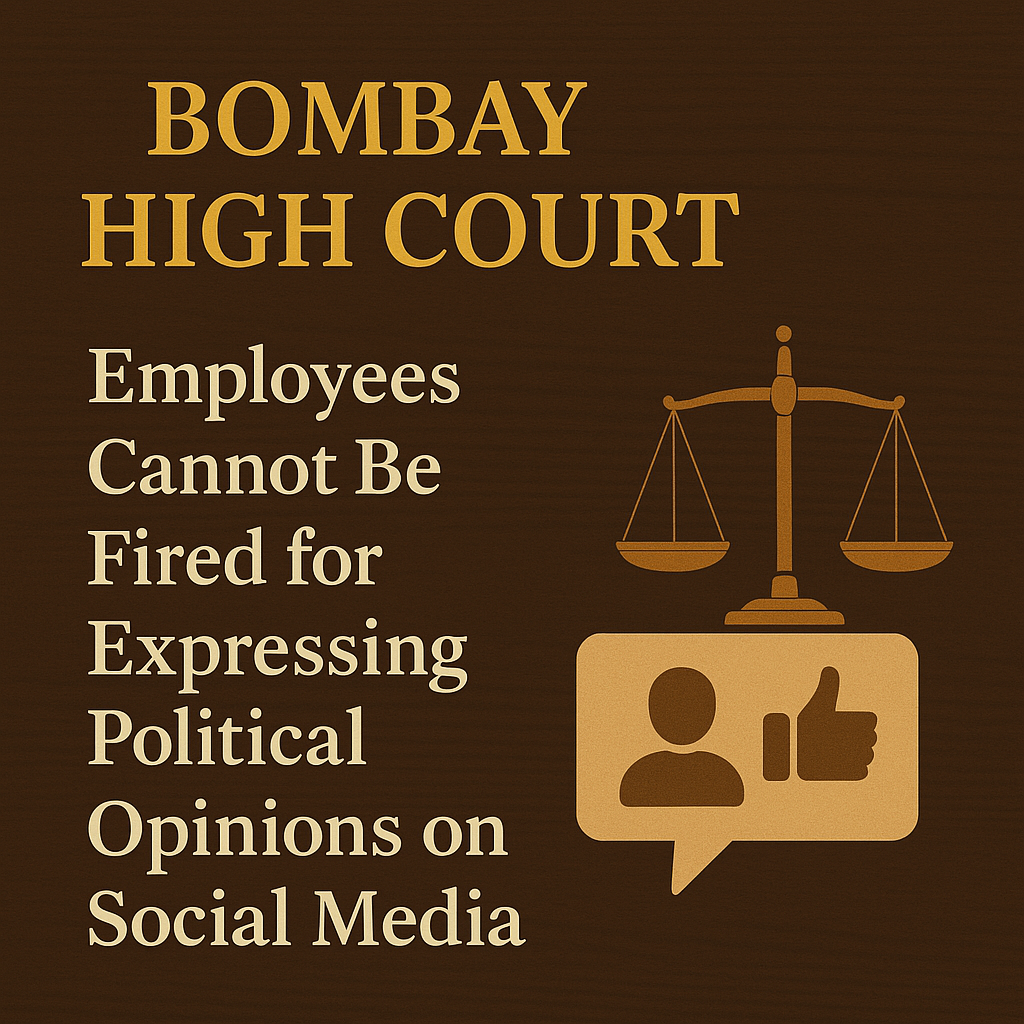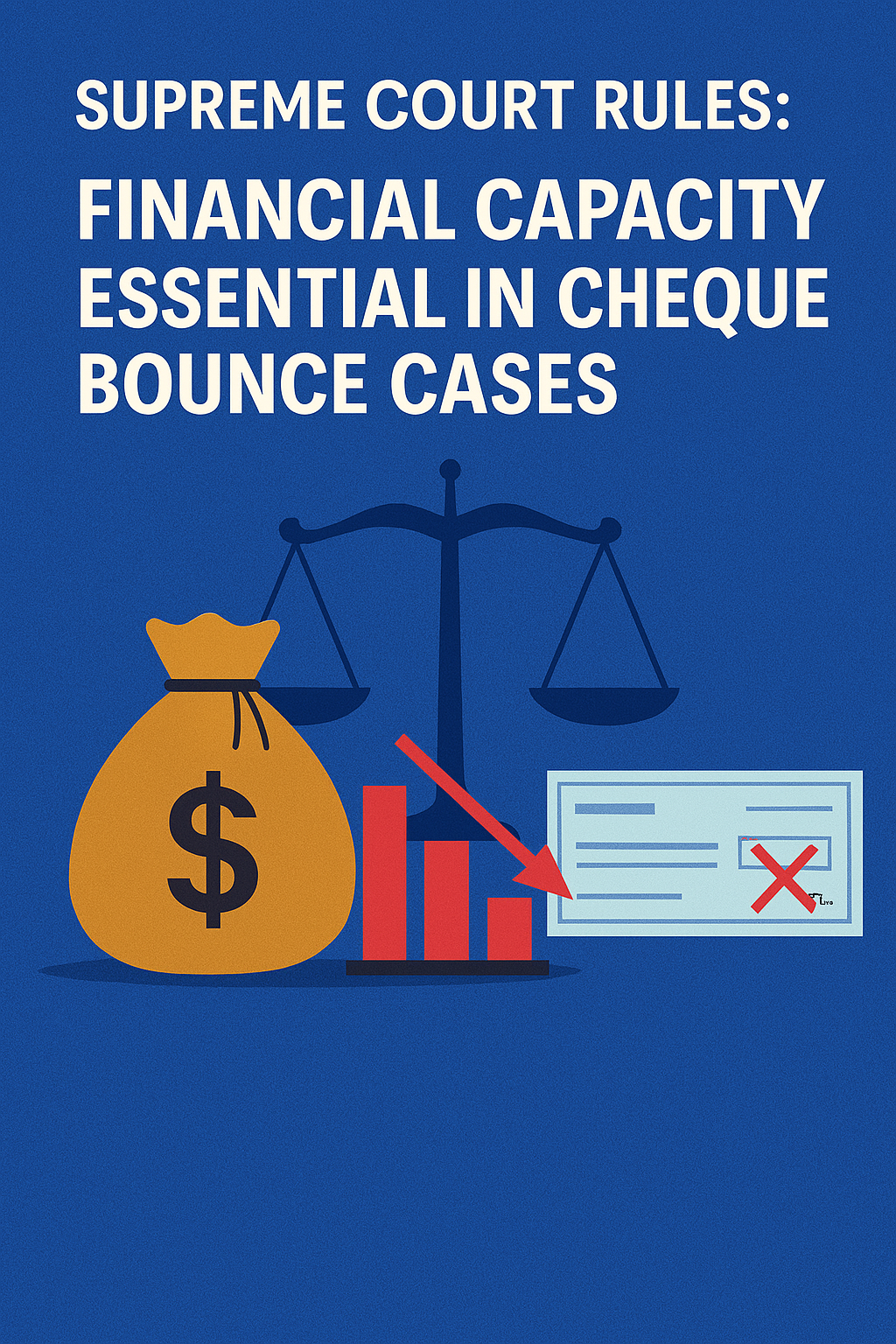Improve Your Legal Document Drafting Skills These Ways
How to Improve Your Legal Document Drafting Skills
1. Understand the Purpose and Audience
Know the objective of the document (contract, petition, affidavit, will, etc.).
Tailor language to the target audience—judges, clients, or opposing counsel.
Clarity in purpose reduces ambiguity and litigation risks.
2. Master Legal Language and Terminology
Use precise and unambiguous language.
Avoid legalese or overly complex words unless necessary.
Understand commonly used legal terms and phrases to maintain professionalism.
3. Organize Content Logically
Structure documents with clear headings, subheadings, and numbered paragraphs.
Follow a logical flow: Introduction → Background → Arguments/Clauses → Conclusion/Prayer.
Helps readers navigate complex documents easily.
4. Keep Sentences Short and Simple
Use short sentences to improve readability.
Avoid run-on sentences and excessive jargon.
Clarity is key — as echoed in judicial opinions.
5. Be Thorough But Concise
Include all necessary details, avoiding vague or missing information.
Avoid redundancy to keep the document concise.
Precision helps in better interpretation and enforcement.
6. Use Active Voice and Positive Language
Active voice makes the document more direct and clear.
Example: “The buyer shall pay the seller” (active) instead of “Payment shall be made by the buyer” (passive).
7. Draft with Legal Principles in Mind
Every clause should have a legal purpose and must comply with statutory provisions.
Avoid contradictory clauses which courts often strike down.
8. Review Relevant Case Law for Drafting Principles
Many judgments stress the importance of clear and unambiguous drafting. Some landmark cases:
a) Gherulal Parakh v. Mahadeodas Maiya (1959) SCR 799
The Supreme Court held that contracts must be interpreted according to the language used and courts will not add meaning beyond clear words.
Clear drafting avoids ambiguity and disputes.
b) S.P. Chengalvaraya Naidu v. Jagannath (1994) 1 SCC 1
The Court emphasized that drafting clarity prevents parties from escaping contractual obligations due to vague wording.
c) K.S. Ravindra v. Union of India (1985) 4 SCC 1
Highlighted that drafting must conform to the object intended; otherwise, it leads to misinterpretation and litigation.
d) Renusagar Power Co. Ltd. v. General Electric Co. (1994) 1 SCC 644
Court scrutinized the wording of arbitration clauses; precise language was necessary to ensure enforceability.
9. Practice Drafting Different Legal Documents
Contracts, pleadings, affidavits, wills, notices.
Review precedents from reliable sources.
Participate in moot courts or internships for real-world experience.
10. Proofread and Edit
Always proofread for grammar, spelling, and punctuation errors.
Edit for coherence and consistency.
Errors can affect credibility and lead to judicial criticism.
11. Use Checklists and Templates
Create checklists to ensure all clauses are included.
Use templates as a starting point but customize per case.
12. Seek Feedback and Mentorship
Get feedback from senior lawyers or mentors.
Learn from critiques to improve drafting skills continuously.
13. Leverage Technology
Use legal drafting software and tools for formatting and citations.
Utilize databases to research relevant statutes and case law.
Summary Table of Key Drafting Tips
| Tip | Explanation | Supporting Case Law |
|---|---|---|
| Clarity and Precision | Avoid ambiguity, use clear language | Gherulal Parakh v. Mahadeodas Maiya |
| Logical Organization | Structure documents well | S.P. Chengalvaraya Naidu |
| Short Sentences | Improves readability | K.S. Ravindra v. Union of India |
| Legal Compliance | Draft clauses aligned with law | Renusagar Power Co. Ltd. v. GE |
| Proofreading | Avoid errors that affect interpretation | - |
Conclusion
Legal document drafting is a critical skill requiring precision, clarity, and thorough knowledge of the law. By applying these practical steps and learning from judicial interpretations, legal professionals can significantly improve their drafting quality, reduce disputes, and enhance client satisfaction.




























0 comments